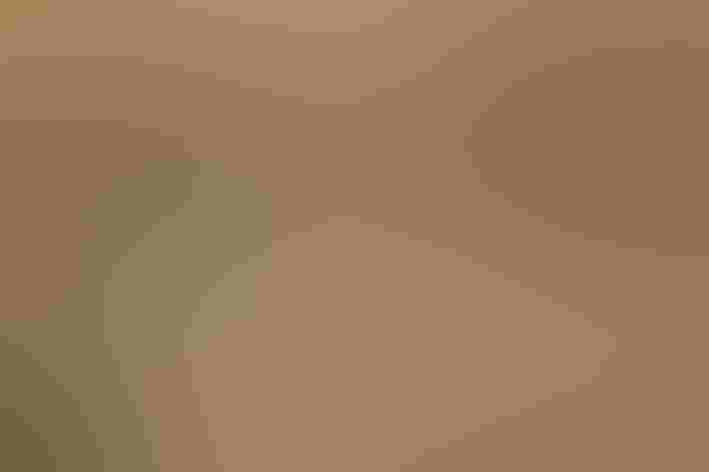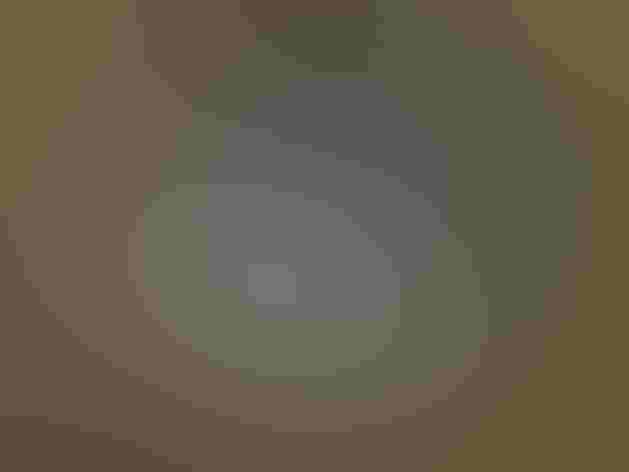Barrow’s Goldeneye
At a Glance
The less numerous of the two goldeneye species, found mainly in wild country of northwestern North America, with small populations in eastern Canada and Iceland. Occurs in small groups in winter on cold waters, sometimes associating with Common Goldeneye flocks. Since it does not always nest in tree cavities, Barrow's may nest farther north than Common Goldeneye, extending north of treeline.
All bird guide text and rangemaps adapted from Lives of North American Birds by Kenn Kaufman© 1996, used by permission of Houghton Mifflin Harcourt Publishing Company. All rights reserved.
Category
Diving Ducks, Duck-like Birds
IUCN Status
Least Concern
Habitat
Coasts and Shorelines, Forests and Woodlands, Lakes, Ponds, and Rivers, Saltwater Wetlands
Region
Alaska and The North, California, Eastern Canada, Great Lakes, Mid Atlantic, New England, Northwest, Plains, Rocky Mountains, Southwest, Western Canada
Behavior
Direct Flight, Rapid Wingbeats, Swimming
Population
180.000
Range & Identification
Migration & Range Maps
Migrates late in fall and early in spring. Able to adapt to changing conditions; in recent years some have wintered on cold waters just downstream from dams on lower Colorado River, south of any previous wintering area.
Description
16 1/2 -20" (42-51 cm). Smaller bill and steeper forehead than Common Goldeneye. Male has white crescent (not a round spot) before eye, more black on back. Female not always safely identified; often has bill all pinkish yellow, may have darker brown head than female Common, and head shape is good clue.
Size
About the size of a Crow, About the size of a Mallard or Herring Gull
Color
Black, Brown, Gray, Purple, White, Yellow
Wing Shape
Pointed
Tail Shape
Pointed, Short, Wedge-shaped
Songs and Calls
Soft grunts and croaks during courtship; otherwise usually silent.
Call Pattern
Flat, Simple
Call Type
Chatter, Odd, Trill, Whistle
Habitat
Lakes, ponds. In winter, coastal waters, rivers. Breeds on cold inland waters, such as small lakes, rivers, beaver ponds, mostly in forested country but also in open terrain. In winter mainly on shallow, protected coastal waters, such as bays and estuaries. May winter far inland on lakes and rivers, even in very cold regions where hot springs keep water open.
Sign up for Audubon's newsletter to learn more about birds like the Barrow's Goldeneye
Behavior
Eggs
7-10, sometimes 5-14. Pale olive to blue-green. Incubation is by female, 28-34 days. Female covers eggs with down when leaving nest.
Young
leave nest 1-2 days after hatching, are led to water by female. Young are tended by female, but feed themselves. Age at first flight about 8 weeks.
Feeding Behavior
Forages by diving and swimming underwater; rarely by dabbling in shallow water.
Diet
varies with season and habitat. On fresh water eats mainly aquatic insects, such as larvae of dragonflies and caddisflies. At sea eats mostly crustaceans and mollusks. Also eats much plant material, especially pondweeds, mainly in summer and fall.
Nesting
Pairs are formed mostly in winter. Several males may court one female in communal display on water. Displays of male include a circular pumping action of the head; also turning head from side to side, flapping wings. Nest: Female selects nest site and may re-use it for several years. Sites are mainly in large tree cavities, also in rock crevices, abandoned buildings, burrows, or on ground under bushes in treeless country. Will also use nest boxes. Nest is shallow depression lined with down and sometimes other materials.
Conservation
Conservation Status
Thought to have increased in numbers in recent decades.
Climate Threats Facing the Barrow's Goldeneye
Choose a temperature scenario below to see which threats will affect this species as warming increases. The same climate change-driven threats that put birds at risk will affect other wildlife and people, too.





